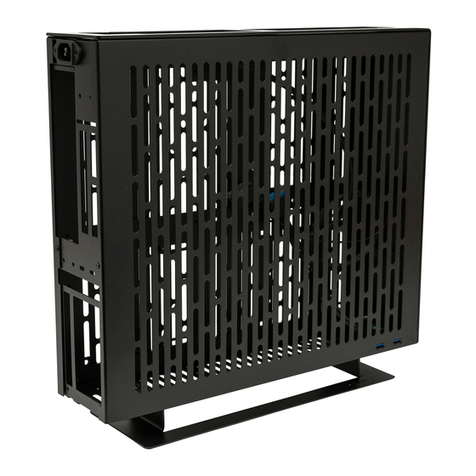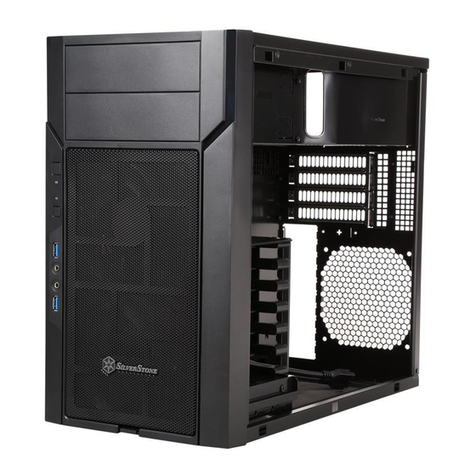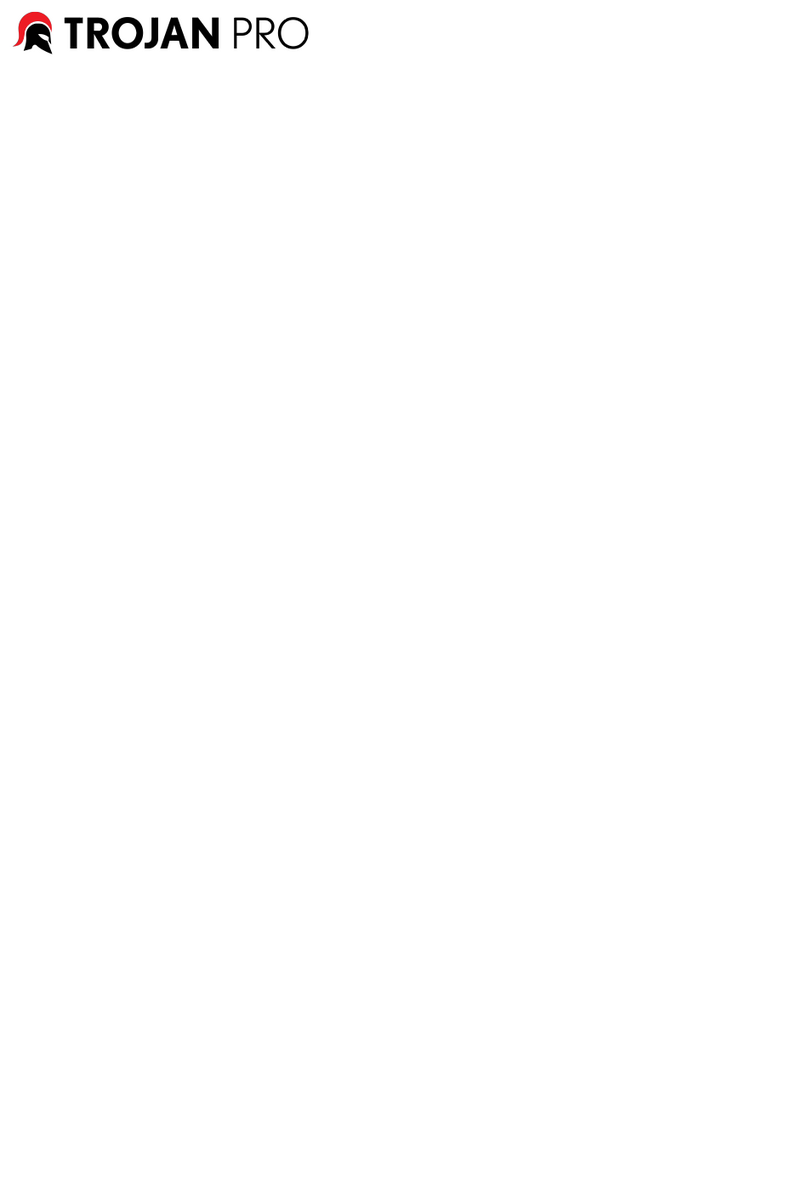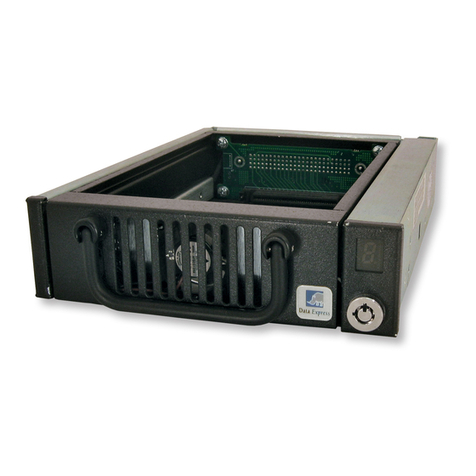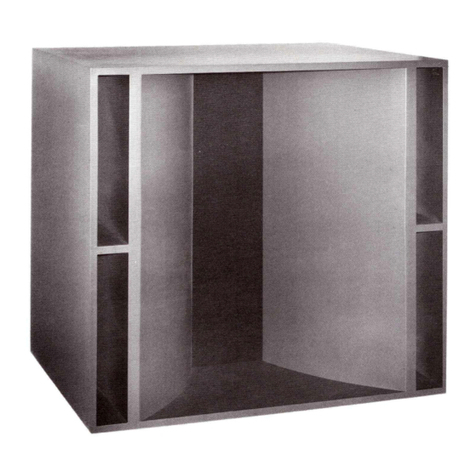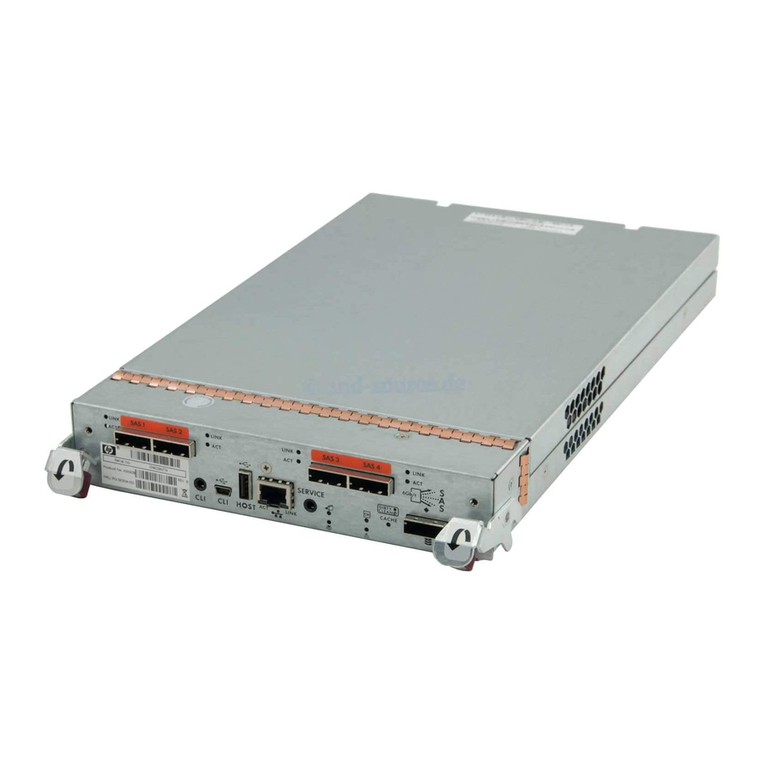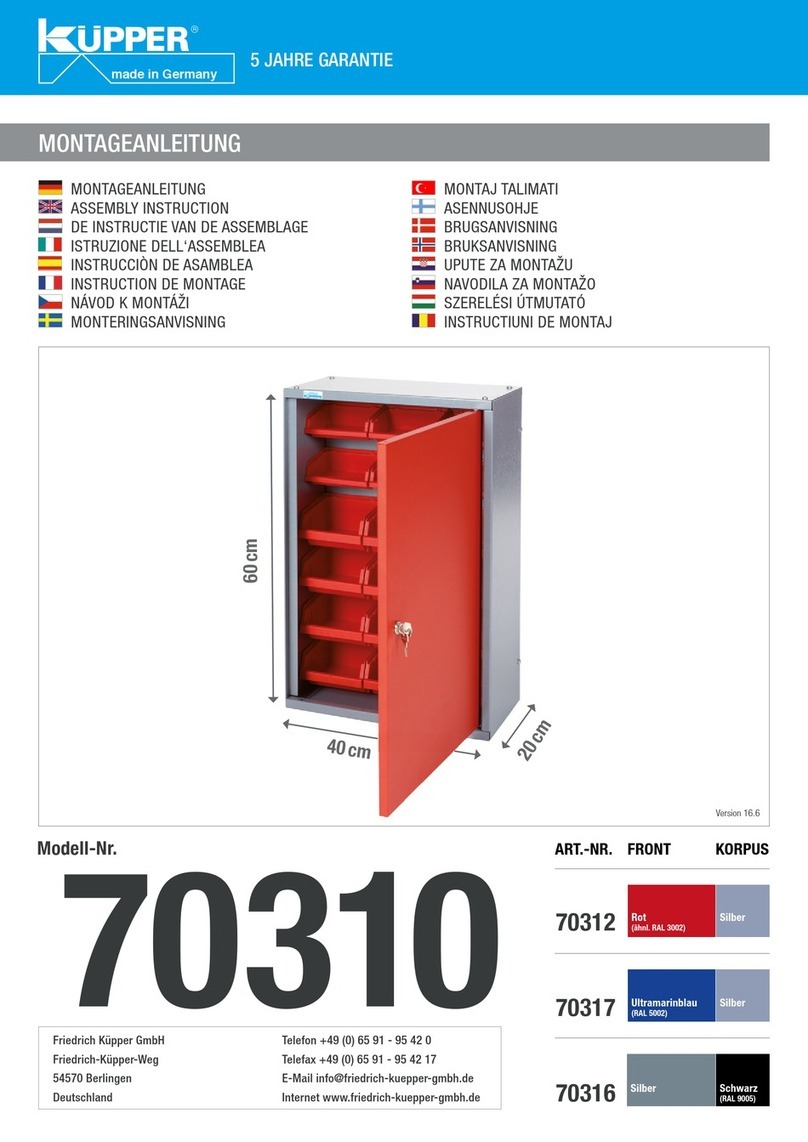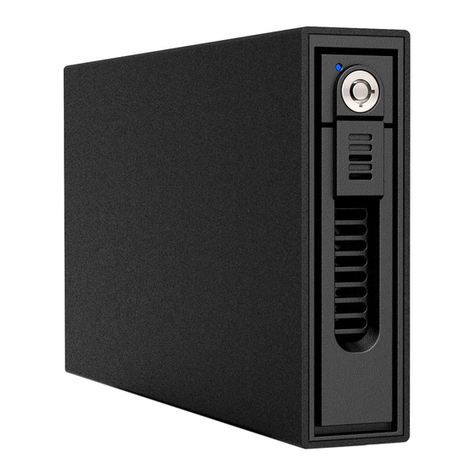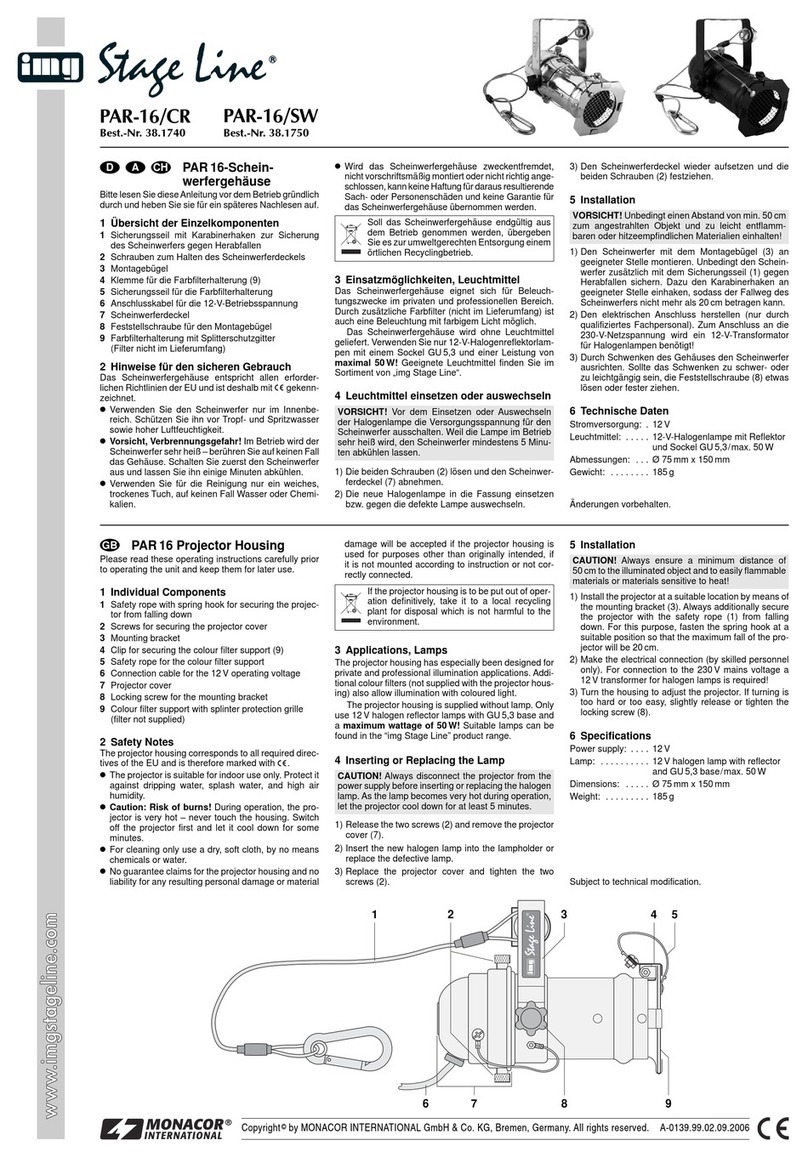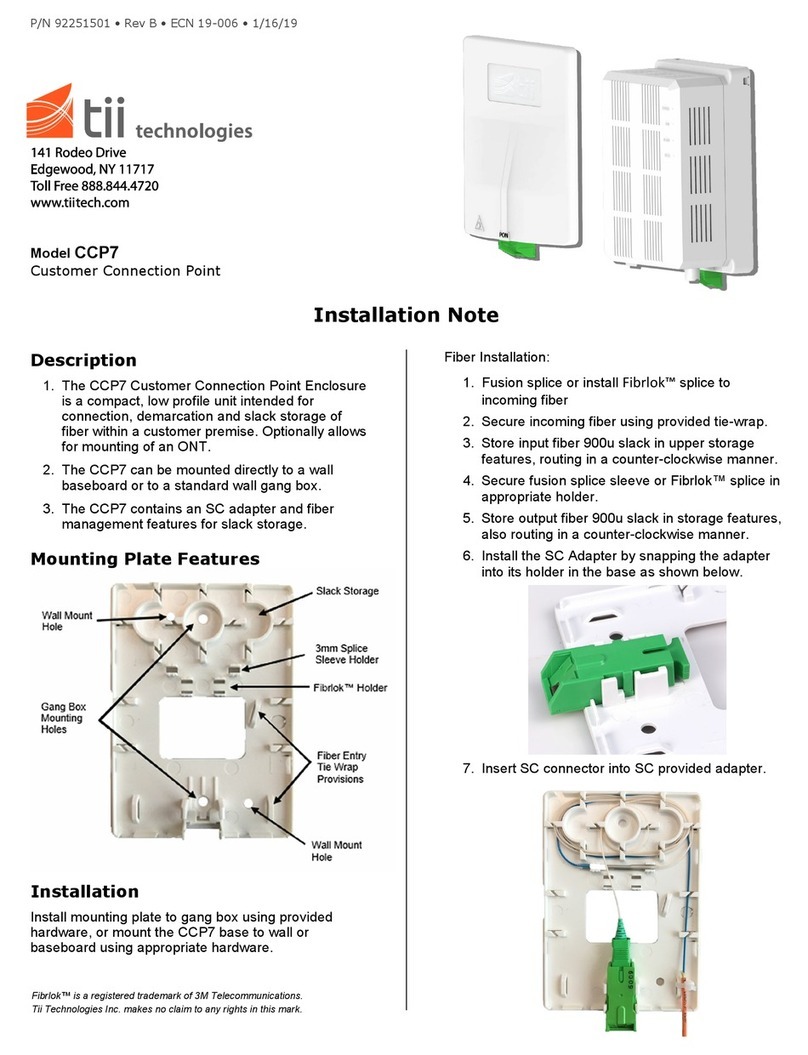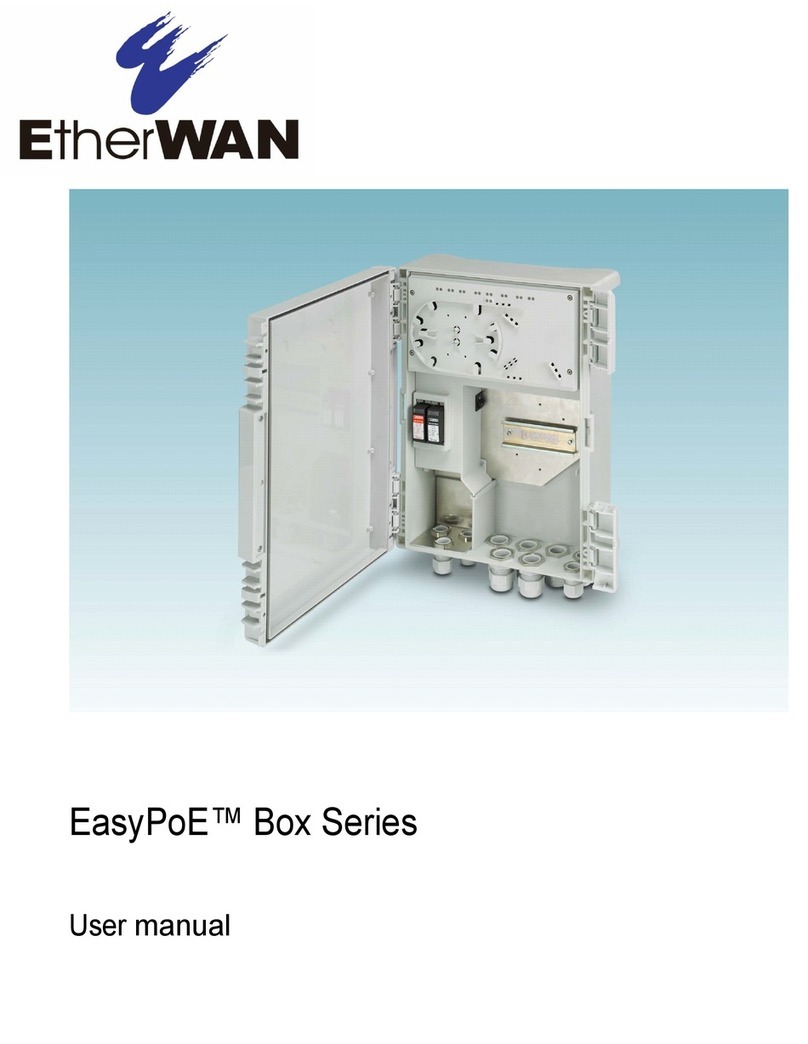Dionex LC20 User manual

LC20 CHROMATOGRAPHY ENCLOSURE
OPERATOR’S MANUAL
© 1993 Dionex Corporation
Document No. 034859
Revision 02
September 1993

© 1993 Dionex Corporation
All rights reserved worldwide
Printed in the United States of America
This publication is protected by federal copyright law. No part of this publication
may be copied or distributed, transmitted, transcribed, stored in a retrieval system,
or transmitted into any human or computer language, in any form or by any means,
electronic, mechanical, magnetic, manual, or otherwise, or disclosed to third parties
without the express written permission of Dionex Corporation, 1228 Titan Way,
Sunnyvale, California 94088-3603.
DISCLAIMER OF WARRANTY AND LIMITED WARRANTY
THIS PUBLICATION IS PROVIDED “AS IS” WITHOUT WARRANTY OF
ANY KIND. DIONEX CORPORATION DOES NOT WARRANT,
GUARANTEE, OR MAKE ANY EXPRESS OR IMPLIED
REPRESENTATIONS REGARDING THE USE, OR THE RESULTS OF THE
USE, OF THIS PUBLICATION IN TERMS OF CORRECTNESS,
ACCURACY, RELIABILITY, CURRENTNESS, OR OTHERWISE.
FURTHER, DIONEX CORPORATION RESERVES THE RIGHT TO REVISE
THIS PUBLICATION AND TO MAKE CHANGES FROM TIME TO TIME
IN THE CONTENT HEREIN WITHOUT OBLIGATION OF DIONEX
CORPORATION TO NOTIFY ANY PERSON OR ORGANIZATION OF
SUCH REVISION OR CHANGES.
TRADEMARKS
DX-LAN, Self-Regenerating Suppressor, SRS, and ThermoFlareare
trademarks of Dionex Corporation.
Teflonand Tefzelare registered trademarks of E.I. du Pont de Nemours and
Company.
PRINTING HISTORY
Revision 01, August 1993
Revision 02, September 1993

Contents
1•Introduction
1.1 Overview . . . . . . . . . . . . . . . . . . . . . . . 1-3
1.2 About This Manual . . . . . . . . . . . . . . . . . 1-3
1.3 Product Safety Information . . . . . . . . . . . . . 1-4
2•Description
2.1 Overview . . . . . . . . . . . . . . . . . . . . . . . 2-3
2.2 Front Panel . . . . . . . . . . . . . . . . . . . . . . 2-3
2.2.1 Rheodyne Injection Valve . . . . . . . . . 2-3
2.3 Interior Layout . . . . . . . . . . . . . . . . . . . 2-4
2.3.1 Component Panel . . . . . . . . . . . . . 2-5
2.3.2 Rheodyne Injection Valve . . . . . . . . . 2-6
2.3.3 Self-Regenerating Suppressor . . . . . . . 2-7
2.3.4 Leak Sensor . . . . . . . . . . . . . . . . 2-7
2.3.5 Separator Columns . . . . . . . . . . . . 2-7
2.3.6 Guard Columns . . . . . . . . . . . . . . 2-7
2.3.7 Column Select Valve . . . . . . . . . . . . 2-8
2.3.8 Detector Cells . . . . . . . . . . . . . . . 2-11
2.3.9 DS3 Detection Stabilizer (Optional) . . . 2-11
2.4 Rear Panel . . . . . . . . . . . . . . . . . . . . . . 2-12
2.4.1 Cell Cables . . . . . . . . . . . . . . . . . 2-13
2.4.2 Waste Line . . . . . . . . . . . . . . . . . 2-13
Doc. 034859-02 9/93 i

2.4.3 Solenoid Interface . . . . . . . . . . . . . 2-13
3•Service and Maintenance
3.1 Routine Operation . . . . . . . . . . . . . . . . . . 3-3
3.1.1 Sample Loading . . . . . . . . . . . . . . 3-4
3.2 Shutdown . . . . . . . . . . . . . . . . . . . . . . 3-7
3.3 Routine Maintenance . . . . . . . . . . . . . . . . 3-7
4•Troubleshooting
4.1 Liquid Leaks . . . . . . . . . . . . . . . . . . . . . 4-3
4.2 Excessive System Backpressure . . . . . . . . . . 4-4
4.3 Inoperative Column Select Valve . . . . . . . . . 4-5
4.4 Column Select Valve Air Leaks . . . . . . . . . . 4-5
4.5 Peak Ghosting . . . . . . . . . . . . . . . . . . . . 4-6
4.6 Non-Reproducible Peak Height or Retention
Time . . . . . . . . . . . . . . . . . . . . . . . . . 4-6
4.7 Abnormal Retention Time or Selectivity . . . . . 4-6
5•Service
5.1 Introduction . . . . . . . . . . . . . . . . . . . . . 5-3
5.2 Tube Fitting Installation . . . . . . . . . . . . . . 5-3
5.3 Restriction in the Hydraulic System . . . . . . . . 5-4
5.4 Injection or Column Select Valve Liquid Leaks . 5-4
5.5 Column Select Valve Air Leaks . . . . . . . . . . 5-5
Contents
ii Doc. 034859-02 9/93

5.6 Cleaning the Column Select Valve Slider . . . . . 5-6
5.7 Replacing Column Select Valve Port Face . . . . 5-9
5.8 Servicing the Rheodyne Injection Valve . . . . . 5-9
A•Specifications
A.1 Environmental . . . . . . . . . . . . . . . . . . . . A-3
A.2 Physical . . . . . . . . . . . . . . . . . . . . . . . A-3
A.3 Hydraulics . . . . . . . . . . . . . . . . . . . . . . A-3
A.4 Insulation . . . . . . . . . . . . . . . . . . . . . . A-4
B•Installation
B.1 Facilities Required . . . . . . . . . . . . . . . . . B-3
B.2 Installation Instructions . . . . . . . . . . . . . . . B-4
B.2.1 Stacking Modules . . . . . . . . . . . . . B-4
B.2.2 Waste Lines . . . . . . . . . . . . . . . . . B-5
B.2.3 Leak Control . . . . . . . . . . . . . . . . B-6
B.2.4 Liquid Line Connections . . . . . . . . . B-6
B.2.5 Detector Cells . . . . . . . . . . . . . . . B-9
B.2.6 Column Installation . . . . . . . . . . . . B-12
B.2.7 SRS Installation (Optional) . . . . . . . . B-13
B.2.8 Solenoid Valve Connections
to the Pump . . . . . . . . . . . . . . . . B-14
Contents
Doc. 034859-02 9/93 iii

Contents
iv Doc. 034859-02 9/93

LC20 Chromatography Enclosure
1-2 Doc. 034859-02 9/93

1 •Introduction
1.1 Overview
The LC20 Chromatography Enclosure is an integral part of the
Dionex DX 500 Chromatography Systems. It can house the
following system components, which must be ordered separately or
as part of another module: Separator columns, optional guard
columns, SRS(Self-Regenerating Suppressor), DS3 Detection
Stabilizer, and detector cell(s) for the ED40 Electrochemical
Detector and CD20 Conductivity Detector.
The LC20 is available in two configurations, depending on
the type of injection valve installed:
•LC30, PEEK automated injection valve (P/N 044088)
•LC30, stainless steel automated injection valve (P/N 044171)
1.2 About This Manual
This manual describes the operation, maintenance, and use of the
L20 Chromatography Enclosure.
Chapter 1, Introduction, introduces the product and conventions
used in the manual, and provides safety information.
Chapter 2, Description, is a description of the physical aspects of
the LC20 Chromatography Enclosure, followed by a functional
description of the operating features.
Chapter 3, Operation and Maintenance, discusses the operating
features and routine maintenance.
Chapter 4, Troubleshooting, provides step-by-step procedures to
isolate problems and lists possible causes.
Chapter 5, Service, presents step-by-step procedures to perform
service and parts replacement routines.
Doc. 034859-02 9/93 1-3

Appendix A Specifications contains the LC20 specifications.
Appendix B, Installation, describes the installation and interface
necessary to place the LC20 into operation.
1.3 Product Safety Information
This instrument was designed in conformance with the safety
requirements set forth in IEC 1010 Safety Requirements for
Electrical Equipment for Measurement, Control, and Laboratory Use.
Section of this manual are flagged with key words and symbols to
denote the nature of potential hazards. These safety directives apply
to all operators and service personnel.
The following safety reference symbols are marked in the instrument
and this manual where necessary to alert the operator.
Indicates a potential hazard to the operator, or
damage to the instrument or other property.
Example: Overtightening valve bolts may break them
off.
LC20 Chromatography Enclosure
1-4 Doc. 034859-02 9/93

2 •Description
2.1 Overview . . . . . . . . . . . . . . . . . . . . . . . 2-3
2.2 Front Panel . . . . . . . . . . . . . . . . . . . . . . 2-3
2.2.1 Rheodyne Injection Valve . . . . . . . . . 2-3
2.3 Interior Layout . . . . . . . . . . . . . . . . . . . 2-4
2.3.1 Component Panel . . . . . . . . . . . . . 2-5
2.3.2 Rheodyne Injection Valve . . . . . . . . . 2-6
2.3.3 Self-Regenerating Suppressor . . . . . . . 2-7
2.3.4 Leak Sensor . . . . . . . . . . . . . . . . 2-7
2.3.5 Separator Columns . . . . . . . . . . . . 2-7
2.3.6 Guard Columns . . . . . . . . . . . . . . 2-7
2.3.7 Column Select Valve . . . . . . . . . . . . 2-8
2.3.8 Detector Cells . . . . . . . . . . . . . . . 2-11
2.3.9 DS3 Detection Stabilizer (Optional) . . . 2-11
2.4 Rear Panel . . . . . . . . . . . . . . . . . . . . . . 2-12
2.4.1 Cell Cables . . . . . . . . . . . . . . . . . 2-13
2.4.2 Waste Line . . . . . . . . . . . . . . . . . 2-13
2.4.3 Solenoid Interface . . . . . . . . . . . . . 2-13
Doc. 034859-02 9/93 2-1

LC20 Chromatography Enclosure
2-2 Doc. 034859-02 9/93

2 •Description
2.1 Overview
Eluent from the gradient pump enters the Rheodyne injection valve
port inside the enclosure. From the injection valve, eluent and
sample flow through the guard column (if used), the separator
column, the suppressor or other post-column device, and finally
through the detector cells.
The LC20 may be configured for optional dual-channel operation. It
will then include a second Rheodyne injection valve and component
panel. There is enough tubing in the LC20 Ship Kit (P/N 046300) to
plumb two systems.
The LC20 does not require power. Internal components are operated
by the GP40/IP20 pump.
2.2 Front Panel
The front panel of the enclosure is the door. It contains access to
one or two Rheodyne injection valves.
2.2.1 Rheodyne Injection Valve
The Rheodyne injection valve is mounted on the component
panel in a manner that allows its control knob to extend
through the front door for access. If the LC20 is configured
as a dual-channel module, a second Rheodyne injection valve
will be installed on the left-side component panel and extend
through the adjacent port.
Doc. 034859-02 9/93 2-3

2.3 Interior Layout
The interior of the LC20 is an insulated, passive chamber. It
contains a slide-out panel for mounting components. Figure 2-1
illustrates the LC20 chassis. See Section B.2.1 for recommended
stacking configurations. See Figure 2-2 for an illustration of the
slide-out component panel.
Figure 2-1. LC20 Interior Chassis
LC20 Chromatography Enclosure
2-4 Doc. 034859-02 9/93

2.3.1 Component Panel
Components are mounted on the slide-out panel. The panel
on the right side is standard in all LC20 enclosures. When a
dual-channel module is ordered, an opposite panel is
factory-installed on the left side (see Figure 2-2).
Figure 2-2. Component Panel Layout
2 •Description
Doc. 034859-02 9/93 2-5

The component panel has two slide releases to lock it in a
fully closed (in) or open (out) position. Press the slide release
at the upper horizontal edge of the panel to release the detent.
The panel will lock at about three quarters of its total travel
when you pull it out. This prevents it from being pulled
entirely out of the tracks and possibly damaging the
components. To reinsert the panel, press the second slide
release and push it back into its closed position. The fully
closed position locks the panel and prevents it from being
forced outward by pressure from the various tubing
arrangements.
The panel can be pulled completely out by pressing the
second slide release and pulling the panel until it clears the
top and bottom tracks. Hold the panel securely when it
disengages the tracks. To replace the panel, align it with the
top and bottom tracks and push inward until it engages the
second detent. Press the second slide release and push the
panel to its closed and locked position.
Various component arrangements are made possible by
multiple mounting holes and slots. The configuration shown
here is only one of many offered by the enclosure.
2.3.2 Rheodyne Injection Valve
The Rheodyne injection valve is mounted at the bottom of the
component panel. Its control knob extends through the door
to allow manual operation with the door closed. The valve
has two operating positions: INJECT and LOAD.
The injection valve is a low-volume, metal-free, 35 MPa
(5000 psi) rotary injection valve. It accommodates syringe
injections or pressurized sample loading.
The Rheodyne injection valve is equipped with a microswitch
for detection of the valve position. The microswitch can be
wired to a module that can process the signal to verify the
position of the valve.
LC20 Chromatography Enclosure
2-6 Doc. 034859-02 9/93

The LC20 Ship Kit includes two accessories for the
Rheodyne injection valves: a 25 µL gas-tight syringe
(P/N 041389) and a 25 µL sample loop (P/N 042857). For
more information about the valve, including important
operating precautions, refer to the Rheodyne Valve Operator’s
Manual (Document No. 034468), included in the LC20 Ship
Kit.
2.3.3 Self-Regenerating Suppressor
The Self-Regenerating Suppressor (SRS
) is held in place
by a special support plate. Align the two slots on the bottom
of the SRS case with the tabs on the support plate. Press in
and then down to lock the SRS in place. Pull up and then out
to remove (see Figure B-8 in Appendix B).
2.3.4 Leak Sensor
This sensor detects leaks and spills in the bottom of the
enclosure, and generates a signal when a leak occurs. The
sensor is located at the lower front corner of the left wall in
the bottom tray. Its cable exits through the rear service chase,
and must be connected to the GP40 pump.
2.3.5 Separator Columns
The column mount near the front of the component panel can
accommodate up to two separator columns. The column
mount supports 4-mm columns on one side and 2-mm
columns on the other. The column mount can be removed by
pressing on each side of its mounting tab and pulling away
from the slot in the panel. You can then reverse it and press it
back into the panel to change column size and maintain the
columns at the outer position (see Figure B-7 in Appendix B).
2.3.6 Guard Columns
The smaller guard columns (if used) are held in place by the
tubing below the separator columns.
2 •Description
Doc. 034859-02 9/93 2-7

2.3.7 Column Select Valve
The column select valve (P/N 044858), when included, will
be supported on the component panel by a mounting plate.
The column select valve is controlled by the pump through a
pair of air solenoids on the back of the LC20.
The column select valve is not normally plumbed into the
system. However, enough tubing is provided in the LC20
Ship Kit to plumb up to two column select valves into two
systems. When plumbed, the optional 28 MKa (4000 psi)
column select valve directs the flow of eluent and sample
from the Rheodyne injection valve to either column A or B.
The column select valve can alternatively be used to switch in
and out a separator column.
The column select valve is actuated by a pair of solenoids
mounted on the rear panel, which will be included only when
the column select valve is installed. The solenoids are
electrically connected to and controlled by the GP40 or IP20
pump. Refer to the pump manual for operating instructions.
Figure 2-3 shows the assembly of the column select valve.
LC20 Chromatography Enclosure
2-8 Doc. 034859-02 9/93

The groove around the valve body indicates the top of the
valve. The ports are numbered clockwise around the valve
body. The small vent hole is between ports 1 and 5. Pressure
bolts provide an intermediate connection between the valve
slider and all tube fittings. These bolts must be tightened
evenly to provide uniform sealing pressure against the
valve slider and ensure leak-free operation.. For valve
maintenance information, refer to the Installation and
Maintenance of the Dionex High Pressure Valve (Document
No. 032678).
Figure 2-3. Column Select Valve
2 •Description
Doc. 034859-02 9/93 2-9

The valve is operated by air pressure pushing against pistons
inside the valve cap. The piston pushes a slider up and down
inside the valve body. Applying pressure to the top piston
pushes the slider down; applying pressure to the bottom
piston pushes the slider up. The slider connects the valve
ports as follows (see Figure 2-4).:
Switch in OFF position, selecting column A (slider down):
1 →4 and 2 →3,
5 →8 and 6 →7
Switch in ON position, selecting column B (slider up):
1 →2 and 3 →4,
5 →6 and 7 →8
The valve is tested to operate leak-free at 28 MPa (4000 psi).
After testing, the valve pressure bolts are loosened to reduce
stress on critical parts during storage. Before shipment, the
pressure bolts are tightened to provide leak-free operation at
pressures up to 17 MPa (2500 psi) or 90 in-oz torque. If you
Figure 2-4. Column Select Valve Slider Connections
LC20 Chromatography Enclosure
2-10 Doc. 034859-02 9/93
Table of contents

